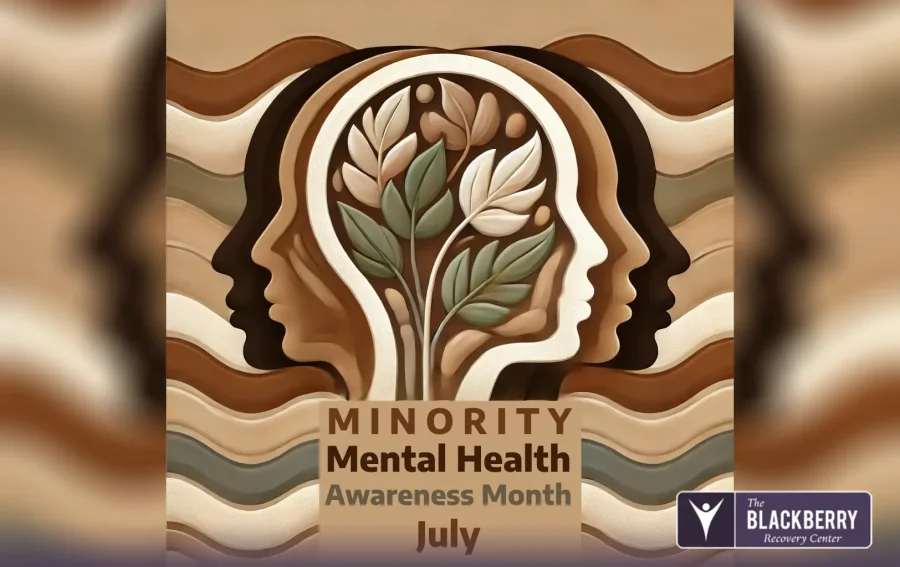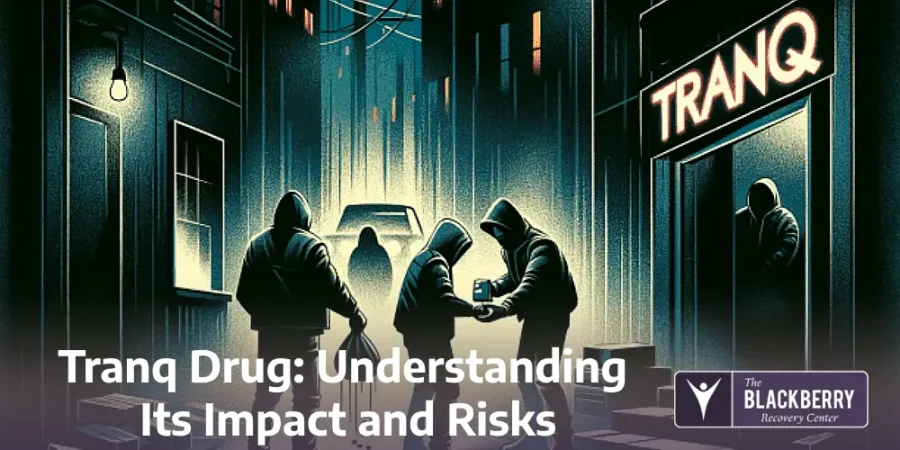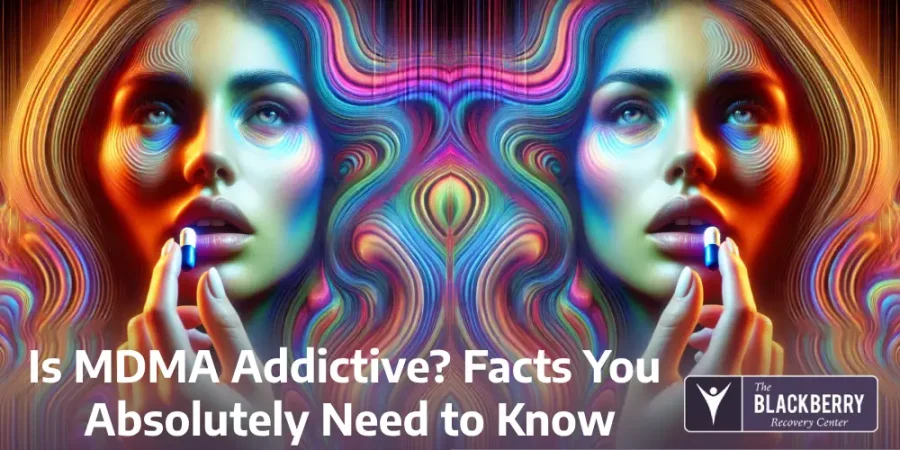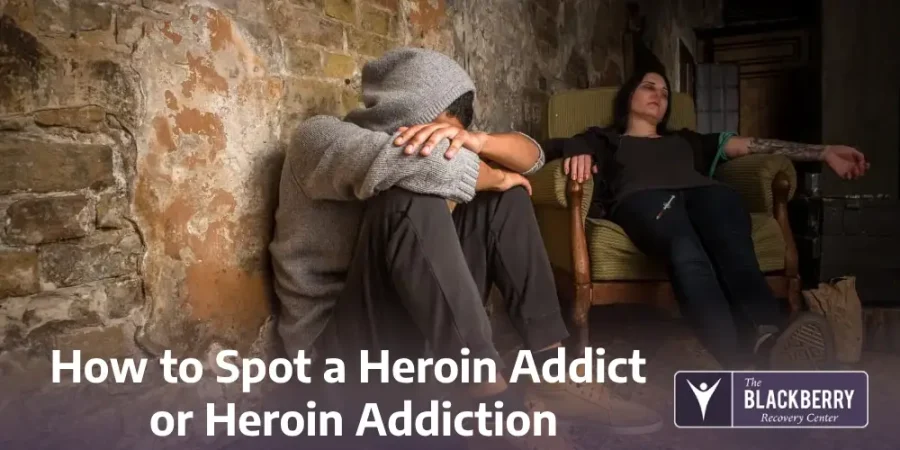July is dedicated to raising awareness of the mental health disparities between Black, indigenous, and people of color (BIPOC) communities compared to the non-Hispanic, white population. Also known as the Bebe Moore Campbell National Minority Mental Health Awareness Month, this month shines a light on the lack of mental health resources that underrepresented communities have. As a result, an alarming number of people of color suffer the consequences of untreated mental health disorders.
The only way to make a change is to continue to raise awareness for minority mental health month. While there’s always more to learn and always areas to improve upon when it comes to minority mental health, we’re starting with five facts that everyone should know about. Learn more about minority mental health month below.
1. Racial Minorities Have Less Access to Mental Health Support
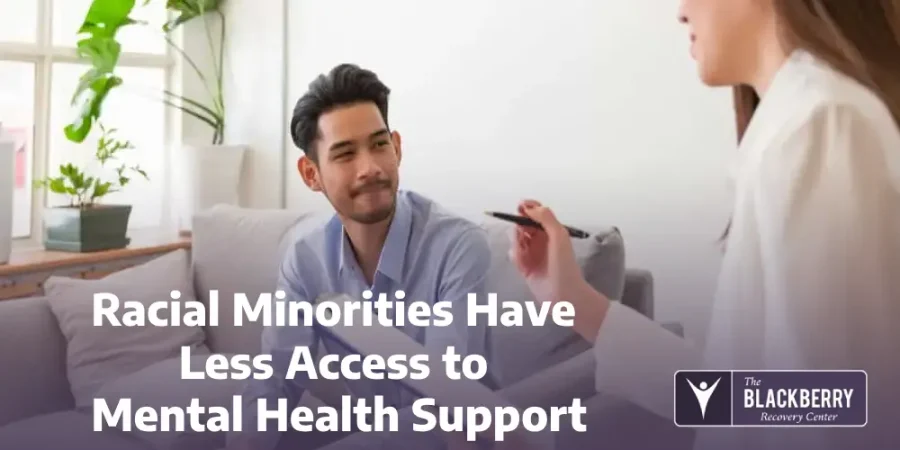
Racial Minorities Have Less Access to Mental Health Support
This is perhaps the most important fact to know for minority mental health month, as it’s one of the biggest reasons behind the need to raise awareness. Studies show that underrepresented communities—which would include African American, Asian American, indigenous, Latino, and other communities of color—do not have enough access to mental health recovery resources. This would be resources such as counseling, substance use recovery, or other mental health assistance.
In fact, while nearly half of all white individuals with mental health struggles received treatment in recent years, only 31 percent of Black people were able to get help for the same troubles. Similarly, only 22 percent of Asian Americans received mental health assistance.
There are many different reasons behind why there’s such a lack of resources for minority groups, but contributing factors include communication challenges, insurance barriers, and stigma surrounding mental health. Regardless of the reasons, there are many consequences to not having the right mental health resources in your community.
Mental health symptoms can cause a lot of strain in all areas of somebody’s life. Depending on the type of mental health disorder someone has, symptoms can look like:
- Mood swings
- Feelings of hopelessness
- Persistent anxiety or feeling on edge
- Intrusive thoughts
- Drug use
- Alcohol use
Experiencing any mental health distress can put somebody’s life on hold if not treated, as it makes it challenging to socialize, work, and perform daily responsibilities. Unfortunately, for individuals in BIPOC communities, poor mental health can drastically impact one’s educational, social, and professional opportunities. This is why it is so essential to expand mental health care to BIPOC communities.
2. BIPOC Individuals Are Often Punished for Mental Health Struggles
Sadly, some mental health disorders can lead to people lashing out, acting aggressively, or even getting in legal trouble. And during national mental health month, it’s important to be aware of how this changes the lives of individuals. Rather than having access to the right type of help, as shown above, people of color are more likely to be incarcerated for the mental health struggles they experience.
Research shows that younger people of color are more likely to be suspended or expelled from the education system when they have mental health distress. Additionally, many young people of color are put in juvenile detention facilities instead of getting access to treatment.
This is particularly true for substance use. While it’s true that a lot of commonly abused drugs are illegal substances, the people who use them are in need of dual diagnosis treatment to address their mental health symptoms in addition to the addiction. Mental health struggles only lead to more substance use, and vice versa
Out of all races and ethnic groups, indigenous people—including American Indians, Alaskan Natives, and Native Hawaiian—experience the highest rates of alcohol and drug abuse. Not only are the rates of substance abuse greater, but the rate of access to addiction recovery programs for these minority groups is significantly less. This combination can be deadly for indigenous groups.
Once again, all of these statistics emphasize the great need to bring awareness to minority mental health month. With more awareness of these issues will come more resources. Services such as residential programming, dual diagnosis treatment, and safe drug and alcohol detox can make a huge difference in the lives of underrepresented individuals.
3. BIPOC Communities Face Greater Risk for Long-Term Mental Illness
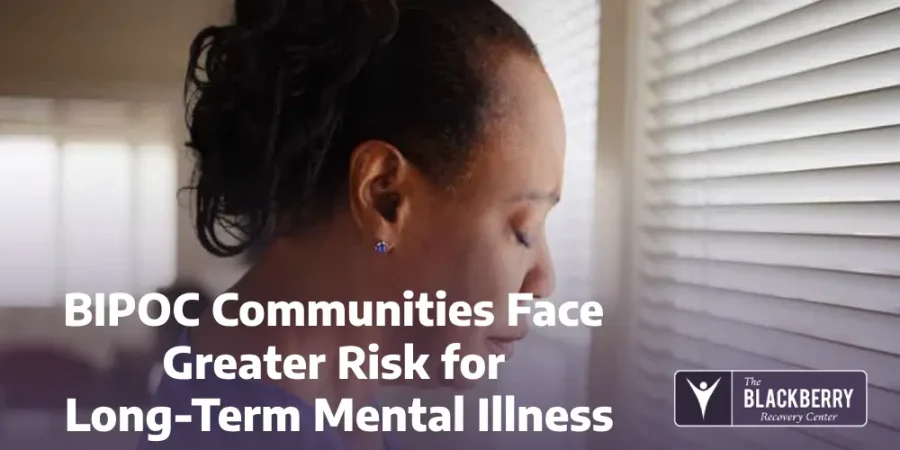
BIPOC Communities Face Greater Risk for Long-Term Mental Illness
Though the rates of mental health disorders in BIPOC communities is slightly less frequent than for caucasians, underrepresented individuals are more likely to have long-lasting symptoms and side effects of untreated mental health disorders. According to the American Psychiatric Association, minority groups are more likely to face:
- Longer periods of depression
- Recurring substance abuse struggles
- Post-traumatic stress disorder (PTSD)
- Disability as a result of untreated mental health disorder
As shared earlier, the lack of resources in BIPOC communities is one of the biggest reasons as to why these long-term mental health symptoms can be long-lasting. Treatment is essential in helping anybody who has a mental health disorder or co-occurring disorders recover.
Certain treatments that are proven effective for mental health issues and substance use disorders would include:
- Medication evaluation and management
- Group therapy
- Family counseling
- Cognitive behavioral therapy
- Recreational therapy
- Discharge care
4. Minority Groups Face More Trauma Historically
There are many reasons behind somebody’s personal mental health struggle, as everyone goes through different experiences. However, minority groups historically face more trauma on an individual and collective basis. Racism, violence against communities of color, and a lack of equal opportunities are all factors that contribute to this trauma.
PTSD is a serious issue that many BIPOC communities face. When a traumatic event happens, regardless of what that trauma is, getting professional treatment is the only thing that can help ward off further challenges.
Of course, working to reduce the rates of violence and occurrences of trauma in these communities will also contribute to better mental health outcomes for minority groups. This is why it’s so important to continue to raise awareness for minority mental health month. Change is possible for anyone who is hoping to recover from a mental health disorder, but only if the right knowledge is spread.
5. Minority Mental Health Month Is a Chance to Get Help
The last thing that everybody should know about minority mental health month is that bringing awareness can make a difference. Not only does talking about mental health drastically reduce the stigma surrounding getting help, but it can also inform people in positions of power about this issue. This can help more BIPOC communities to establish mental health resources.
Furthermore, speaking openly about the mental health challenges that diverse populations face during minority mental health month and beyond might make an impact for somebody you know. If they are better able to understand the risks of untreated mental health symptoms as well as the treatment resources that are available through facilities like The Blackberry Center, they might feel more confident about reaching out for help.
If you know somebody or if you are somebody who is struggling with a mental health disorder, know that recovery begins by finding the right resources. For more information about minority mental health month, the treatment options for individuals in BIPOC communities, and the next steps to take to make a difference, call The Blackberry Center at (813) 908-4199 or submit a confidential contact form online today.
FAQ
- What is Minority Mental Health Month?
Minority Mental Health Month, observed in July, aims to raise awareness about the unique mental health challenges faced by racial and ethnic minority communities. It emphasizes the disparities in mental health care access and outcomes among these populations. - Why is there a need for Minority Mental Health Month?
Racial and ethnic minorities often encounter barriers to mental health care, including stigma, lack of access to services, and cultural misunderstandings. This observance seeks to highlight these issues and promote equitable mental health support. - What are common mental health challenges in minority communities?
Individuals in minority communities may experience higher rates of certain mental health disorders, prolonged periods of depression, and increased exposure to trauma. Factors such as systemic discrimination and socioeconomic disparities contribute to these challenges. - How can we support Minority Mental Health Month?
Support can be provided by educating oneself about the mental health challenges faced by minority communities, sharing information to raise awareness, and advocating for culturally responsive mental health services. - Where can individuals find mental health resources tailored for minority communities?
Organizations like the National Institute on Minority Health and Health Disparities (NIMHD) offer resources and information. Additionally, local community health centers and culturally competent mental health professionals can provide support.

